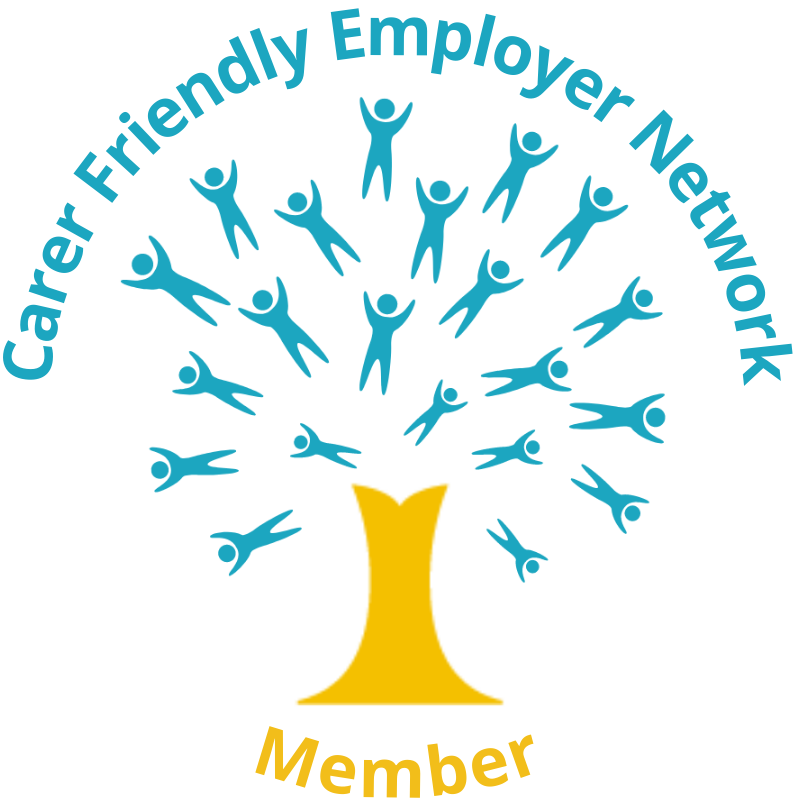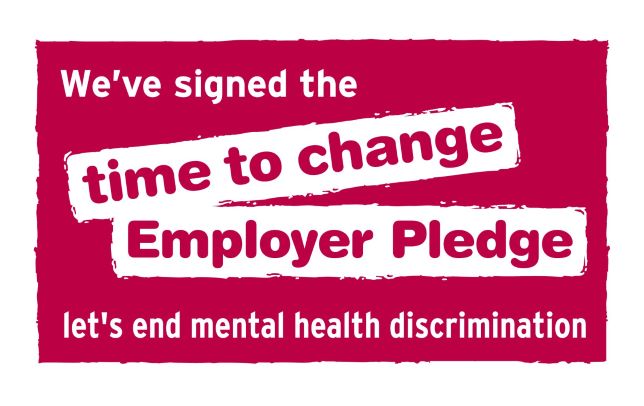The effectiveness of health messaging is key in supporting people to live longer, healthier lives through helping them to make healthier lifestyle choices and treating avoidable illness early on. It is especially important for health messaging to reach and be heard by those sectors of the population experiencing health inequalities.
During the summer each year Healthwatch Worcestershire go out and about around the county visiting local events talking to people about their experiences of health & social care services. Every year we develop a survey around a universal service.
This year we decided to look at Public Health messaging: how people find out about public health messages and what factors affect whether those messages are heard.
Read the Report:
Public Health Messaging Report 2023
Appendices
App-3-Public Health Messaging data tables.
Key Findings:
For the main survey we had a total of 458 respondents
We also had feedback from 54 members of SpeakEasy NOW, a Learning Disability Support Charity, and another 55 people with visual impairments from Sight Concern and Malvern Macular Groups.
Total people involved: 567
Financial Status:
For the first time in a Healthwatch Worcestershire project we have explored how the cost-of-living crisis is impacting health and wellbeing. We included an acknowledged objective financial status question in our survey and so were able to make comparisons between the responses from those in differing financial situations.
We targeted people who may be experiencing healthcare inequalities, by attending events in areas across all six districts in Worcestershire that are within the 10% most deprived areas in the country, as identified in the Worcestershire County Council Joint Strategic Needs Assessment 2022.
Overall, 44% of the people we spoke to for this survey struggled to meet monthly outgoings either sometimes, most of the time or all the time.
Awareness of Public Health Messaging:
This varied across different topics, probably due to differences in campaigns – longevity, targeting etc. When we looked at this by gender, women showed consistently greater awareness of Public Health messaging across all campaigns.
Financial status did have an impact on awareness of Public Health messaging.
Those people who never struggled to pay at least one of their household bills, or to meet their monthly outgoings, were consistently more aware of Public Health Messaging with around 40% awareness across all topics.
As soon as any financial uncertainty was a factor, awareness became much more variable between Public Health Campaign topics.
Those with the greatest financial struggles were consistently least aware of Public Health Campaigns with only 5-10% awareness.



